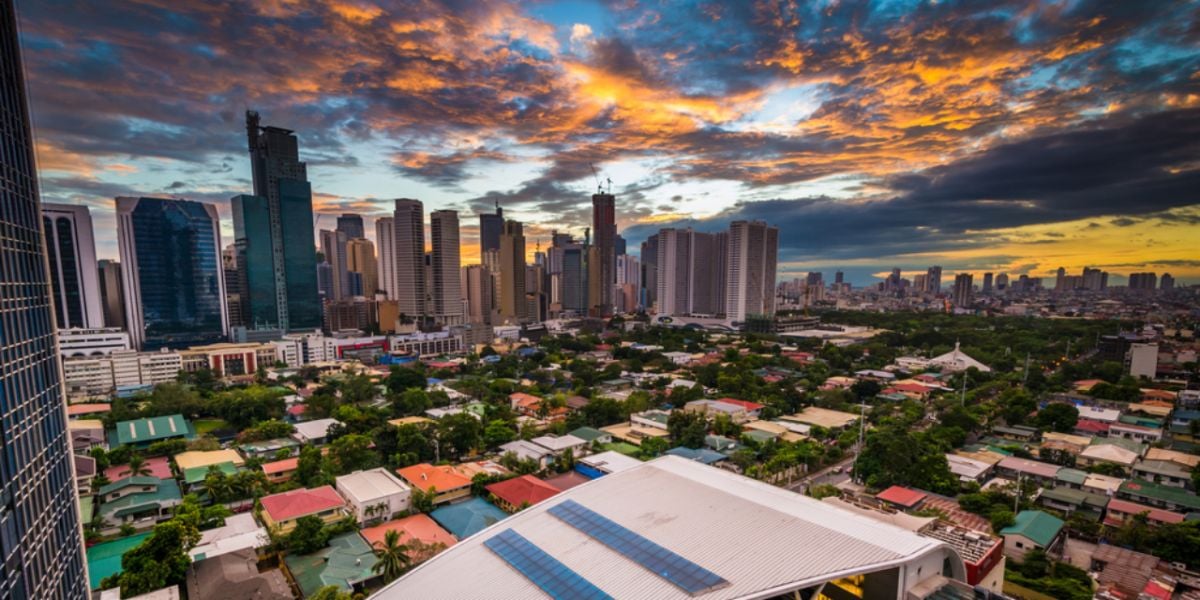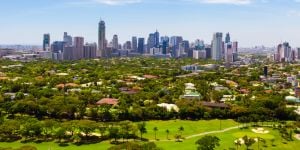
Are you relocating to Manila soon? Expect the city to be more than just the picture-perfect white sandy beach tropical country it is usually depicted. It is a city rich in culture, and Filipinos are known to be one of the most hospitable people.
If someone tells you about the Philippines, you most probably first picture it as a remote country near the Pacific Ocean filled with sandy beaches. This is no surprise since the country's top tourist destinations are the pristine beaches and tropical islands. The capital Manila, on the other hand, hasn't gained much popularity as a tourist spot in the country. Despite the low interest in tourism, Manila has become one of the most popular relocation destinations in Asia among expats. This is due to the many multinational companies that have set up outsourcing hubs as well as regional headquarters in Manila in order to tap into the qualified English-speaking Filipino workforce.
Manila's geography and demography
Manila is the capital city of the Philippines. It refers to one specific city (Manila City), but it's also used as a blanket term for the whole metropolitan area. Manila City is just one of the many cities that make up the National Capital Region, which is most commonly referred to as Metro Manila. Outside this hub, people refer to “Manila” as the whole region, including cities like Makati City, Pasay City, Quezon City, etc.
Manila's current metro area population in 2023 is 14,667,000, a 1.81% increase from 2022. But this number might be bigger in reality because of people migrating from neighboring provinces to study or work in Manila.
Being the country's economic, academic, political, and transportation center, expect Manila to be a densely populated city. A research by insurance technology site GoShorty showed Manila has a 43 percent congestion level and 98 hours lost to traffic annually, or more than four days that Filipinos spend in the Metro's infamous traffic jams every year. The Philippine capital ranked ninth most congested city out of 389 cities in the TomTom Traffic Index 2022. On average, it took 27 minutes for Filipinos to travel 10 kilometers in Metro Manila last year. Across East and Southeast Asia, Manila was the second most traffic-congested city after Sapporo, Japan (4th overall).
Metro Manila is vast, and there is so much happening in its many corners. It will prove challenging to move from point A to B if you are not familiar with your way around. But what Manila lacks in this aspect, it makes up for with its people. Like most Filipinos, Manila residents are hospitable, friendly and helpful. English is widely spoken, so the language barrier isn't a big concern.
The climate in Manila
Like the rest of the country, Manila has two seasons – dry and rainy. The dry season is from November to May, which makes this a great time for traveling, including visiting the country's tropical islands. March to May is summer, so expect the temperature to be the hottest, reaching 40°C. The wet season falls from June to October, but the rain isn't constant. The weather can be unpredictable, and typhoons sometimes occur as early as July until late January.
Safety in Manila
The Philippines has an unjustified reputation for being a “dangerous” place – a myth promoted by constant Western embassy warnings and travel advisories. But in reality, Manila is generally as safe as anywhere else in Southeast Asia. Petty, non-violent crimes like pickpocketing and snatching can happen anywhere, like in most big cities. There has been violence in a few remote areas in the south of the Philippines in the Mindanao region, but this is very far from the country's center.
Upon landing, you will probably be surprised by the stark contrast between the rich and the poor in the city. Amidst tall skyscrapers, poverty is real and obvious in Manila. You might get approached by street children or beggars -- although they are not considered dangerous, they can be persistent.
Social life in Manila
Filipinos are predominantly Roman Catholic because of the Spanish colonial history, and this is apparent in the number of churches dotted around the city. Spanish influence can also be seen in the language as well as the cuisine. You can also see American influence all around, from pop culture to the Philippine education system.
Shopping and cost of living in Manila
Regarding money and finances, there are countless ATMs everywhere in Manila but do expect a queue at peak times. It is more difficult to source ATMs in smaller islands or more rural areas, and the machines may break down. You can get your pesos simply by withdrawing cash instead of exchanging currencies.
Gcash , the handy money wallet, is also becoming popular here in the Philippines, and it is advisable to download yours; incoming limits are p500k per month. Cash is still the primary mode of payment for public transport and in most shops, but many restaurants, hotels and stores nowadays accept credit cards.
SM Mall and Robinson Mall are the big two shopping mall names in Manila, and both have a supermarket where you can do your first grocery shopping. Buying groceries and cooking your own food in the Philippines is generally cheaper than in the US or Western Europe, with milk prices ranging from 95-100 pesos, chicken prices going from 170-200 pesos per kilo and bread at 55-60 pesos.
The emphasis on food and dining in Manila needs to be seen to be believed. So it is important to know that generally eating out at an inexpensive restaurant will be around 300 pesos, while fast food can cost as low as 100-150 pesos. A mid-range restaurant will cost around 500-800 pesos.
How much is public transport in Manila? As of November 2022, the minimum fare for airconditioned buses is ₱15 for the first four kilometers plus ₱2.65 for every succeeding kilometer. On the other hand, the minimum fare for regular buses is ₱13 for the first four kilometers plus ₱2.25 for every succeeding kilometer. Taxis fares are around 200-250 pesos, depending on the distance, and Grab costs slightly more at 250-400 pesos.
We do our best to provide accurate and up to date information. However, if you have noticed any inaccuracies in this article, please let us know in the comments section below.








